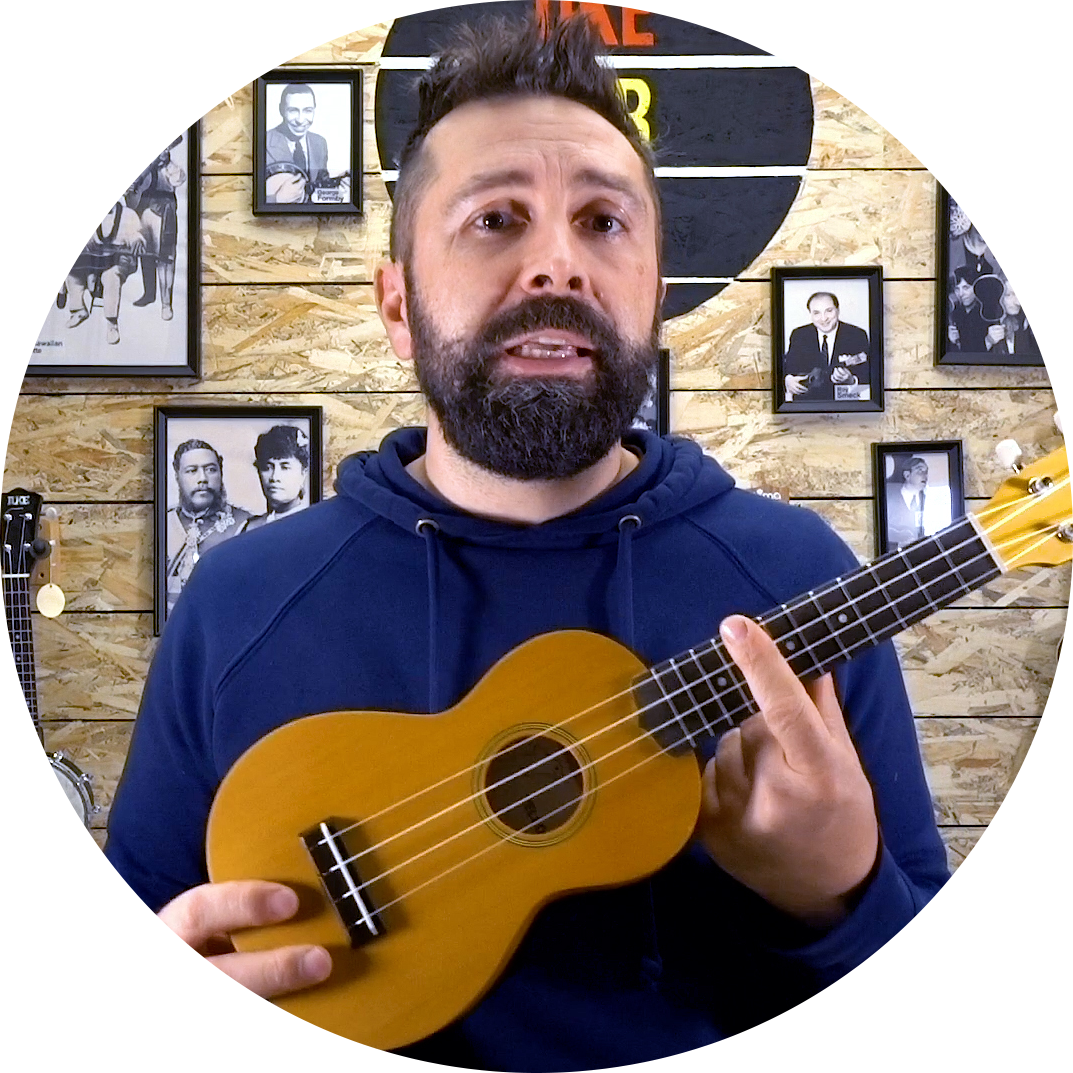The Anatomy of the Ukulele: A Beginner-Friendly Guide to Every Part of Your Instrument
Hello and welcome to the wonderful world of the ukulele! If you’re just starting out with this instrument, knowing its different parts and their functions will help you play with more confidence and understanding. Don’t worry—it’s easier than you think.
.png)
The Three Main Sections of the Ukulele
To better understand our musical companion, we can divide it into three main sections: the Headstock, the Neck, and the Body.
The Headstock
This is the top of the instrument, often featuring the brand’s logo. Here you’ll find the tuners—the combination of tuning pegs and buttons that allow you to adjust string tension. By turning the buttons, you increase or decrease the tension of each string, changing its pitch.
Here are the main types of tuners:
- Friction Tuners (direct tuners): Traditional 1:1 ratio, common on vintage soprano ukuleles. More sensitive, requiring a steady hand.
- Geared Tuners (geared tuners): The most common, with 1:14 or 1:16 ratios, offering smoother and more precise tuning.
- High-Ratio Geared Tuners: Ratios like 1:18 or 1:20 for even finer control.
- Planetary Tuners: Classic direct-tuner look with internal gears (1:4 ratio), combining style and convenience.
The Neck
The neck connects the headstock to the body. Its front side, called the fretboard, is usually made of dark wood and fitted with metal strips called frets. The space between two frets is also referred to as a “fret.” At the top of the fretboard, you’ll find the nut, which aligns the strings. The back of the neck can be thicker or flatter, affecting playing comfort.
The Body
This is the ukulele’s sound engine. It amplifies string vibrations and turns them into music.
- Soundhole: The central opening through which the sound projects. Some ukes also have a side soundhole to direct the sound towards the player.
- Bridge: The anchor point for the strings, transferring vibrations to the wood.
- Soundboard: The front of the body, often made from solid wood, which largely shapes the instrument’s tone.
- Sides and Back: Complete the body and influence sound projection.
Mission accomplished! You now know your ukulele’s anatomy. In our next article, we’ll talk about the different sizes so you can tell if you’re holding a soprano, concert, or tenor.
Knowing your instrument is the first step to truly making it sing.


Comments (0)